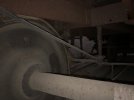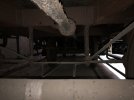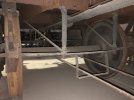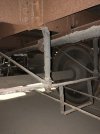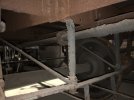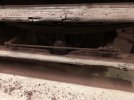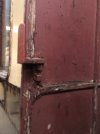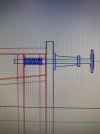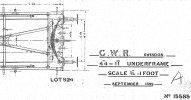simond
Western Thunderer
I will get to Didcot at some point. The problem is the transport system. The M20 & M25 are chaotically full, and/or dug up most of the time, and the trains are somewhat disrupted currently, so getting in and out of Kent is tedious, but I will have a go when the opportunity presents.





